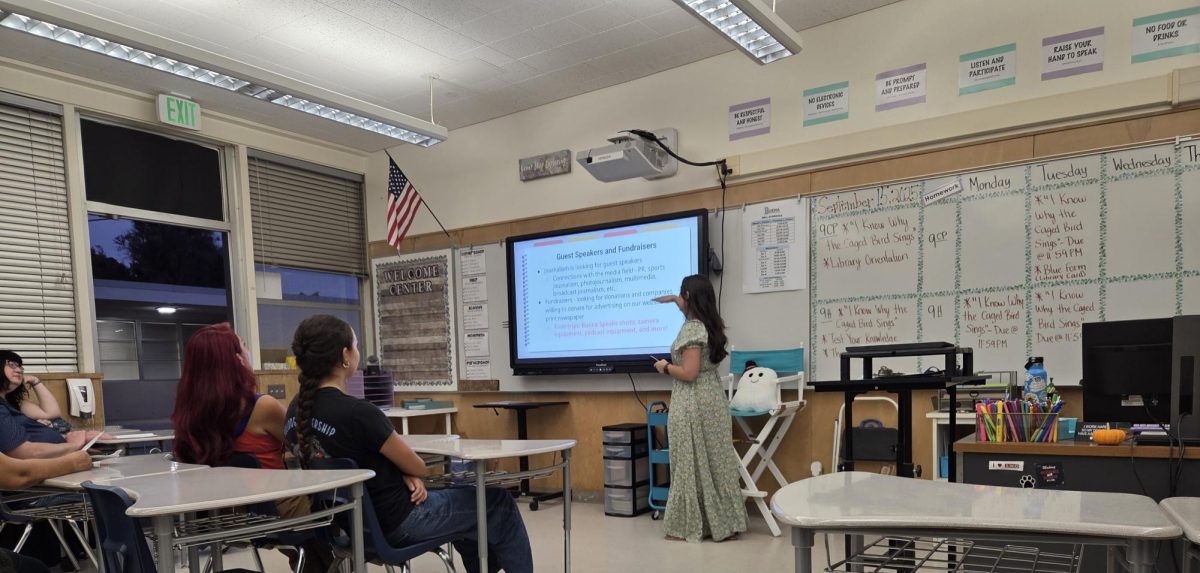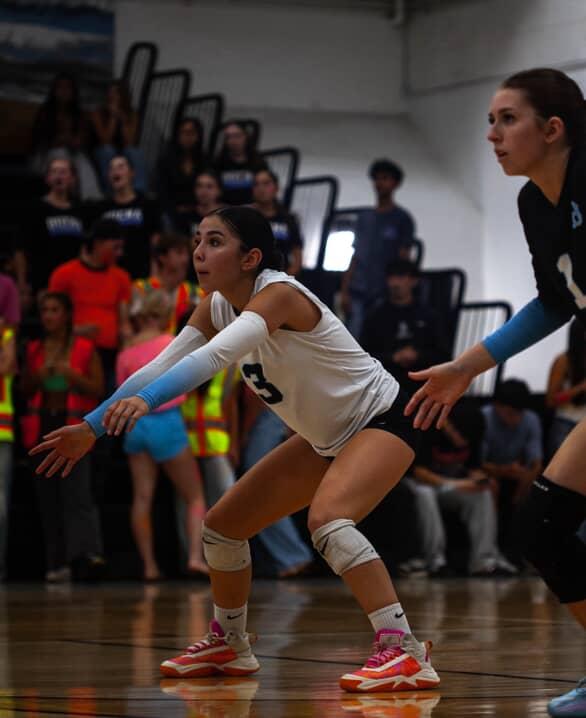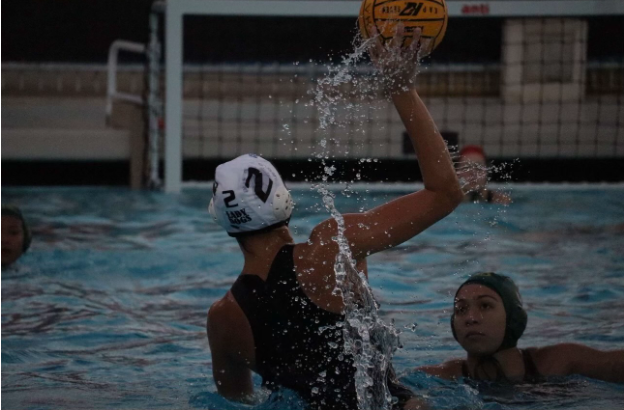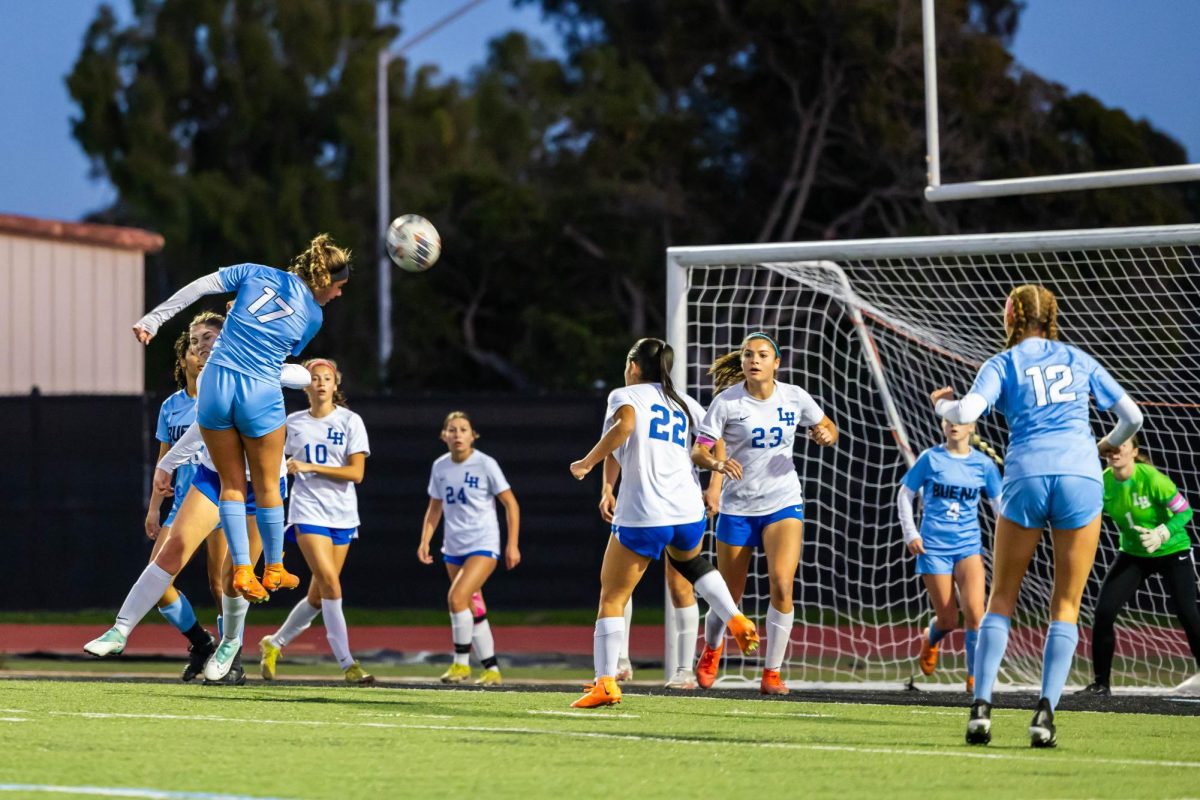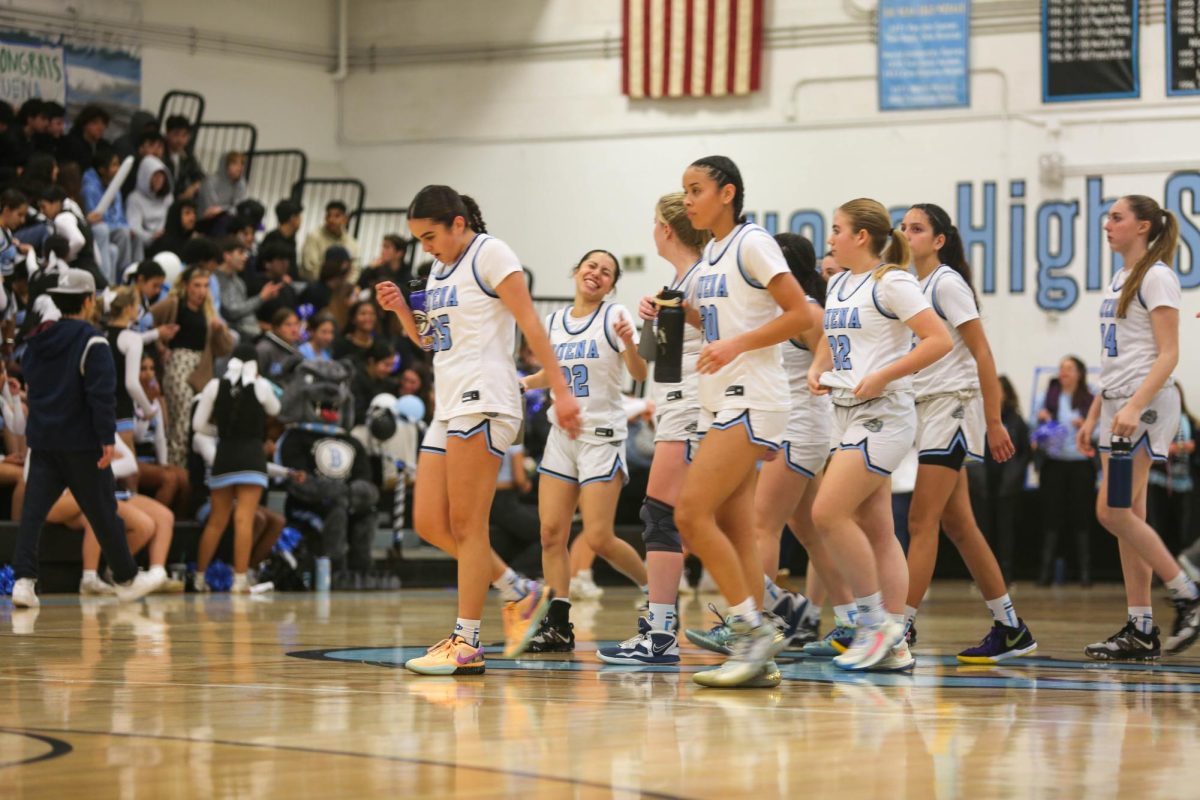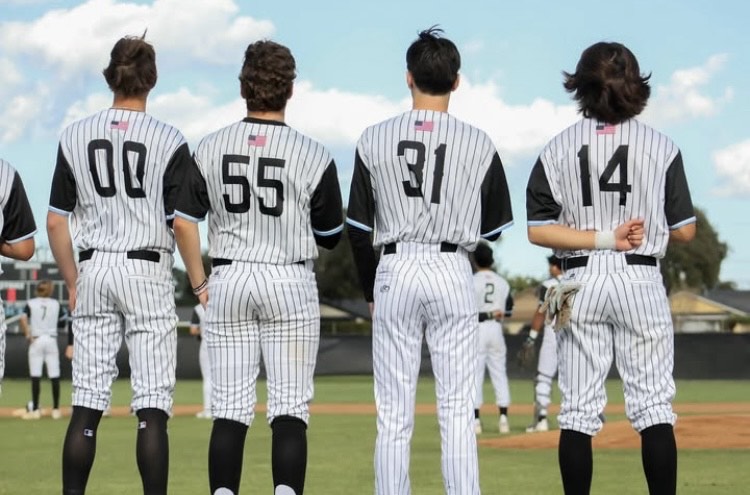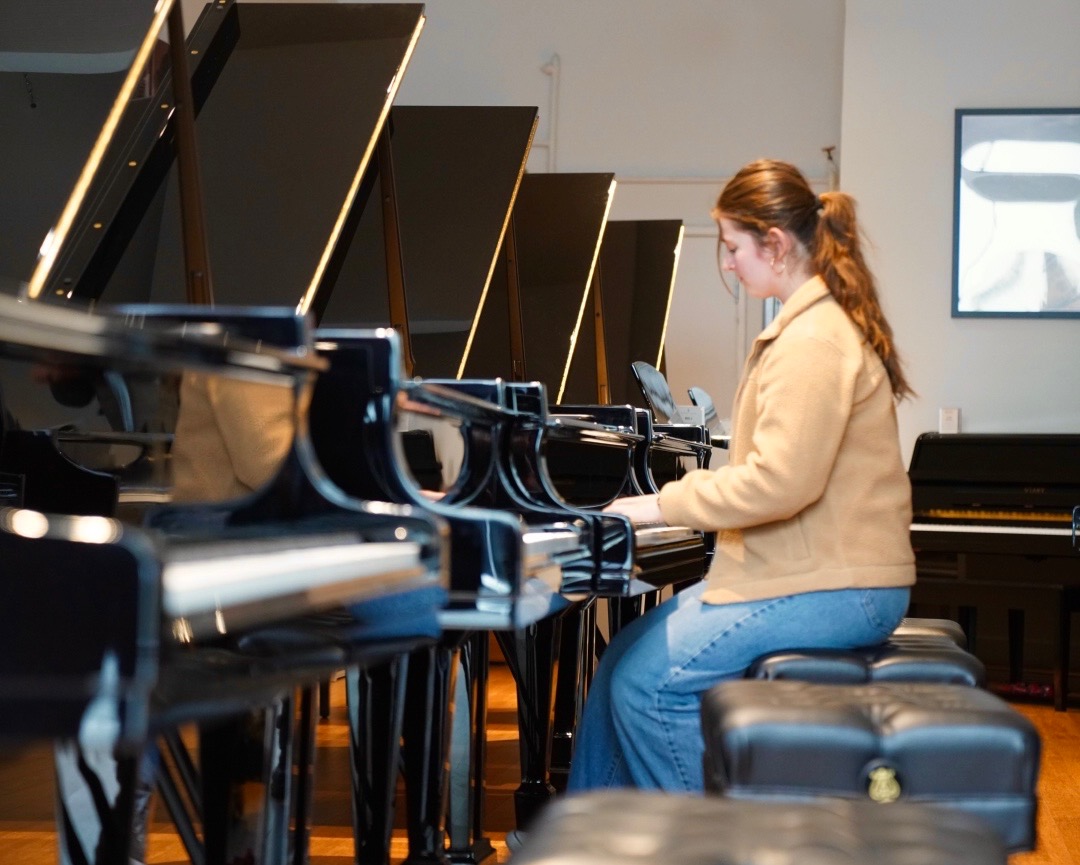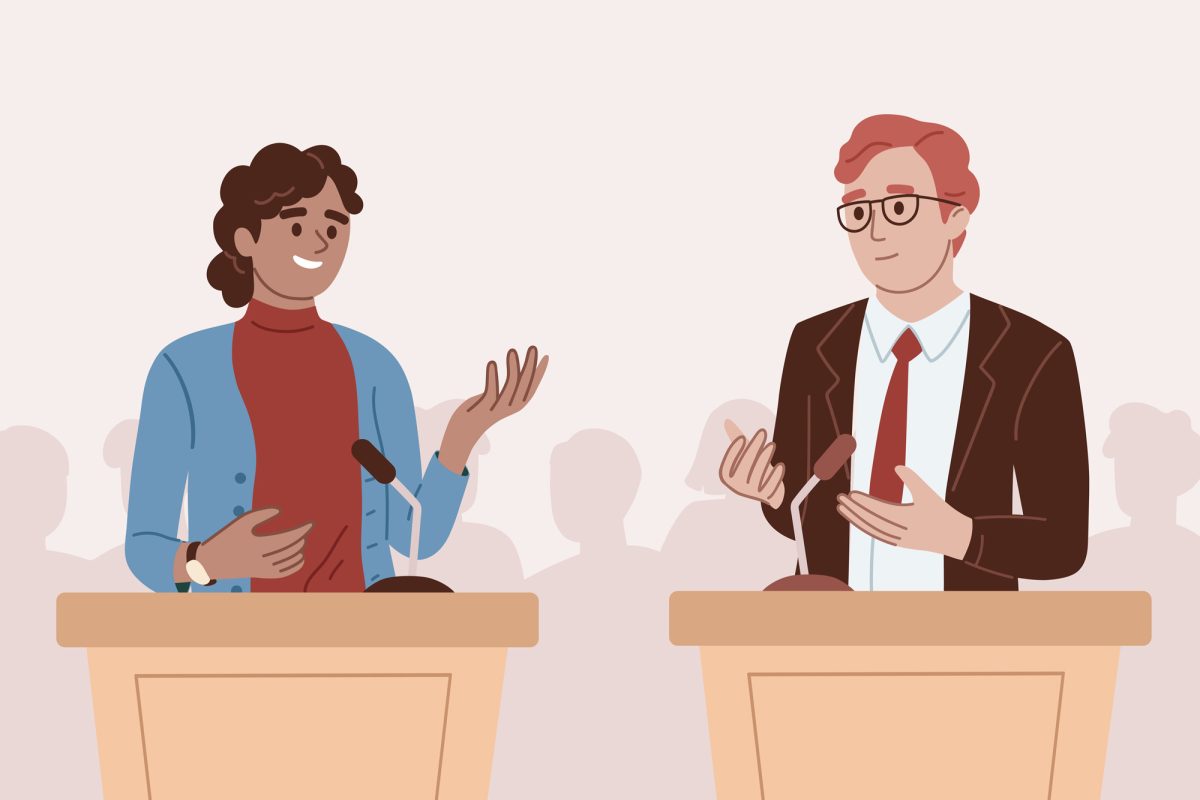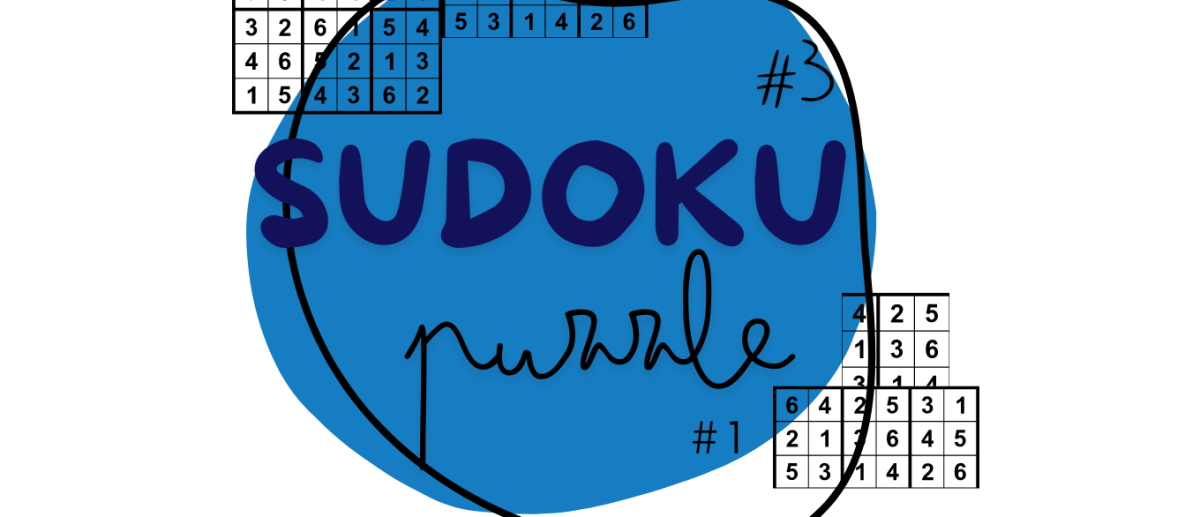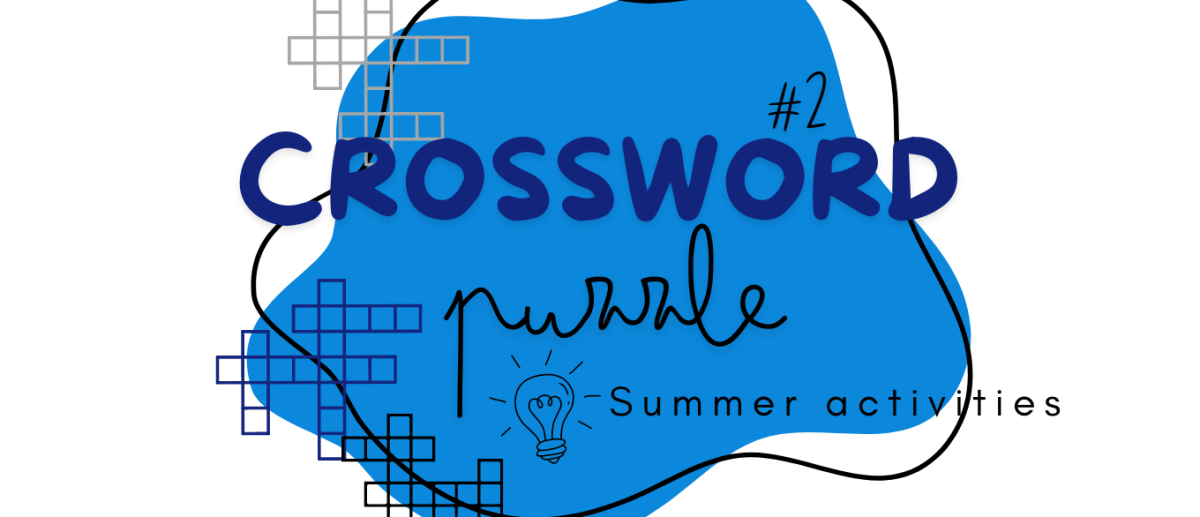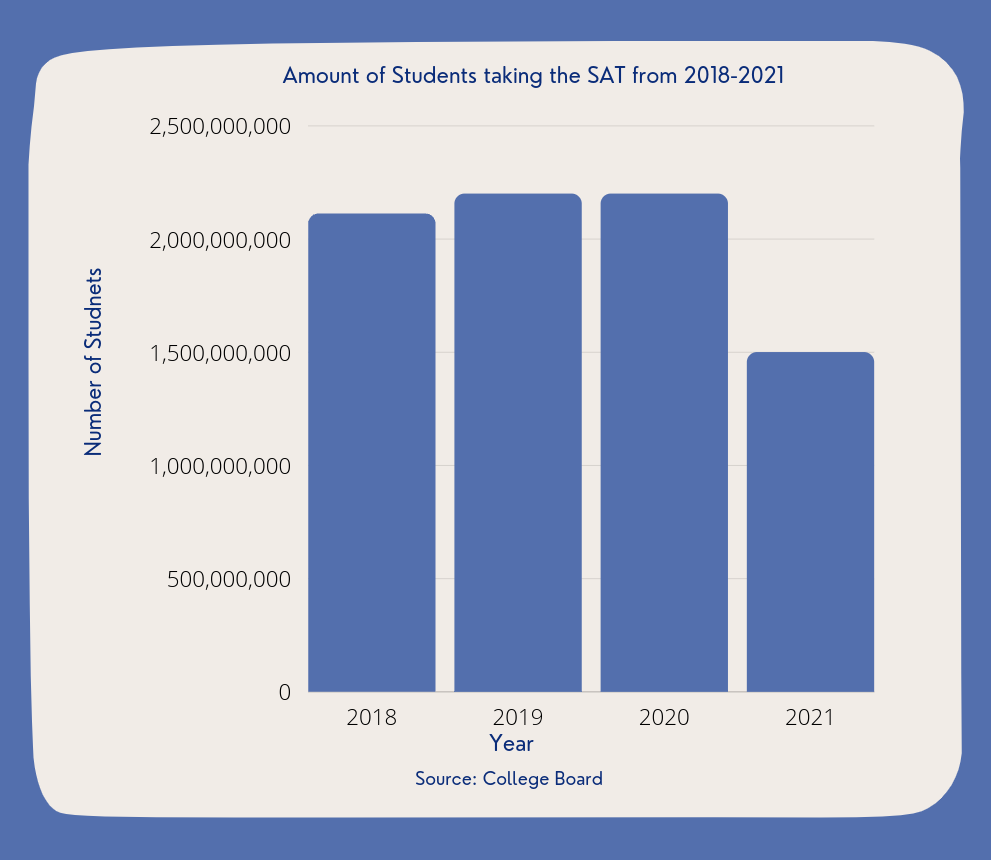Through controversy and coronavirus: the changing SAT
A changing test. Recently the SAT has been removed as a requirement from many colleges and universities. As a result of this change, many students are debating the importance of taking the SAT all together. “I really only recommend students take the SAT or ACT if you have a list of colleges you are going to apply to, and one of them is requiring it,” Debbas said.
March 27, 2022
As we move into the last months of the school year, many juniors and seniors are coming face-to-face with one of the biggest tests of the year: the Scholastic Aptitude Test, better known as the SAT. This standardized test has been used for decades, but in the aftermath of COVID, the SAT is being seen in a new light.
The modern SAT test was adapted from a military IQ test, the “Army Alpha”. Created by Carl Brigham in 1926, the SAT was meant to accurately determine the test taker’s intelligence regardless of their educational background. The SAT was popularized by Harvard University and soon spread to other institutions.
But this test was not without controversy. The Public Broadcasting Station (PBS) reported that Brigham gave this test to military recruits in World War I and, “analyzed the findings of the Alpha Test by race.” Brigham believed that a decline in education had been caused by an increase in racial diversity.
In addition to these problematic origins, studies have shown SAT scores to be affected by financial inequalities surrounding access to tudors, and test preparation companies. Forbes reported that students with higher socioeconomic statuses tend to get higher scores.
According to Forbes, “Students with family income of $100,000 or more are more than twice as likely as students with family income under $50,000 to have combined SAT test scores of 1400 to 1600” (Forbes).
Despite this unsavory past, popularity of the SAT increased in the late 1990s and early 2000s. However, recently, the importance of this test is being re-evaluated as a college admission requirement. College and Career Counselor Natalie Debbas explained that after the college admissions scandal of 2019 and COVID-19 pandemic, many colleges, such as California State Universities (CSUs) and Universities of California (UCs), removed their SAT score requirements.
“It’s a good idea to take the practice SAT or practice ACT,” Debbas said. “If you do really well, or if you feel that if you studied you would do even better, then maybe take it for the potential of a college that you apply to wanting it, or a potential scholarship wanting it.”
With the changing requirements surrounding the SAT, many upperclassmen are deciding against taking the test. Junior Jimena Alcala Valdez noticed these changing requirements and felt that taking this test would not be beneficial to her life after high school.
“It depends on the person,” Valdez said. “If the colleges they want to apply to require it, then it is important and helpful, but otherwise I do not see how it is necessary.”
However, despite the changing requirements for test scores at some universities, some students still plan to take the SAT based on their college choices. Junior Bailey Mosones took the SAT March 12 because most of the colleges she plans to apply to are “test optional” or “test required” meaning that they would still look at her SAT scores. Being able to provide these scores would mean that her grades would be less heavily relied upon.
“If I were to take it, that would be another thing for [colleges] to look at, so it would be weighted differently than if I did not take it,” Mosones said.
The questions around taking the SAT will undoubtedly continue to persist as universities make long term decisions about continuing to require the SAT. Through this process, it is important for students to do what is best for their educational goals and to remember that test scores are not the only determinants of academic capability.
“I do not think that it is a good measure of intelligence, ability, college prep, or anything like that,” Debbas said.




